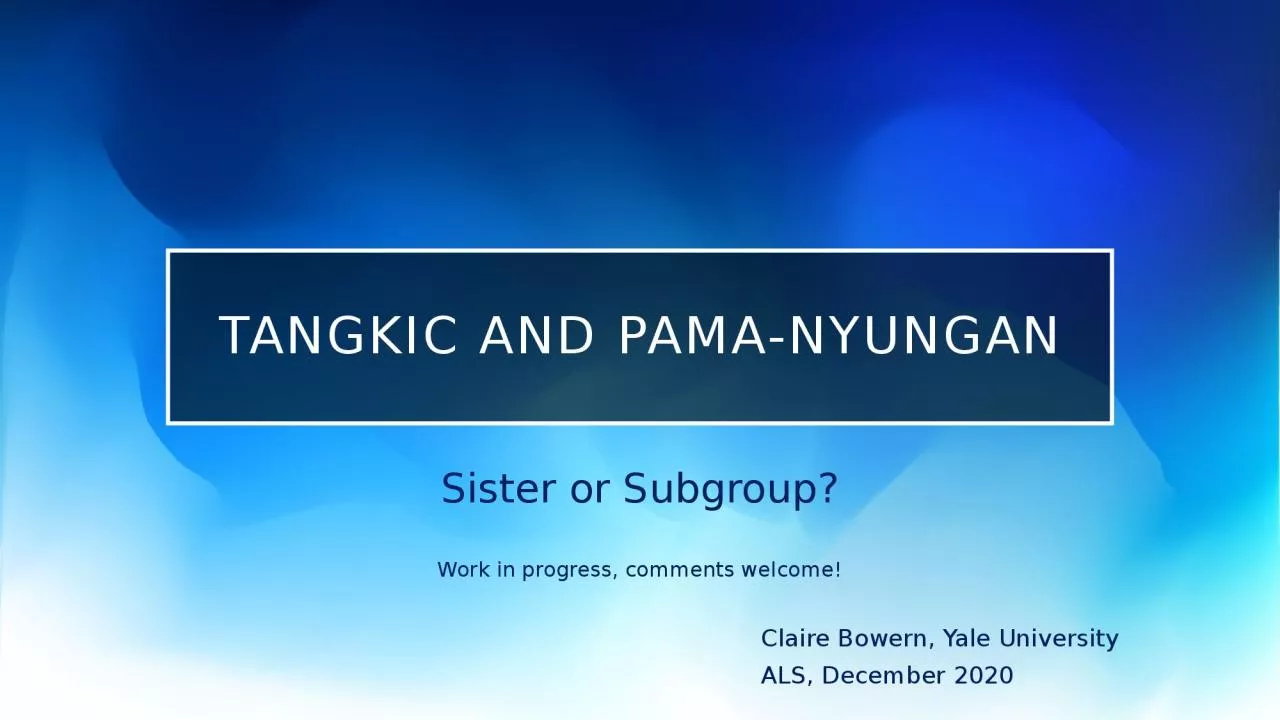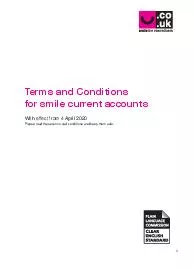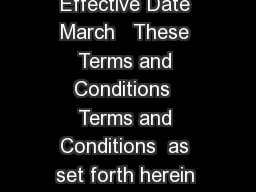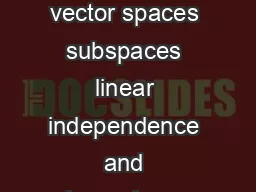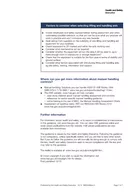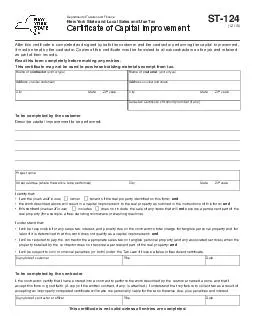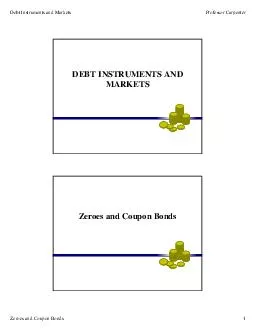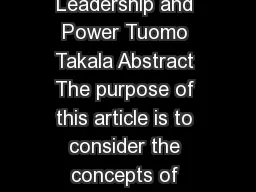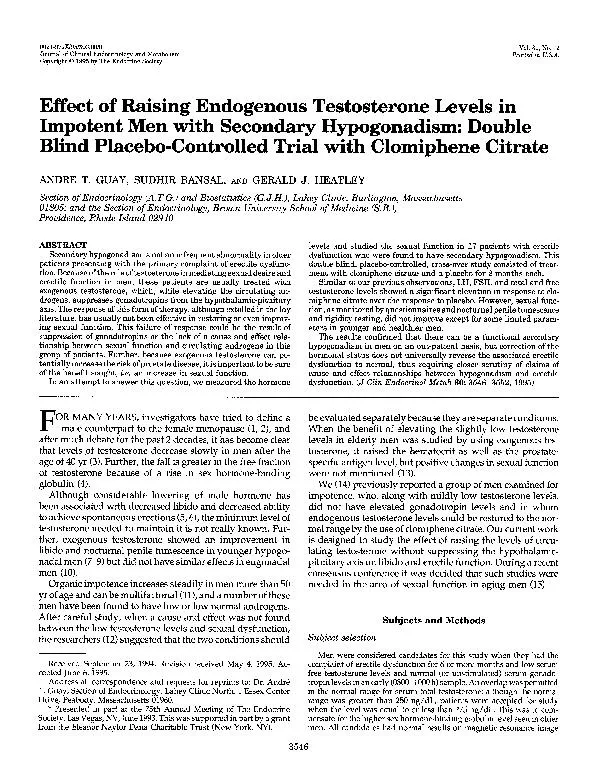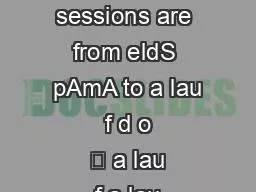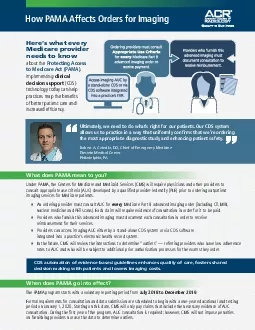PPT-Tangkic and Pama-Nyungan
Author : roxanne | Published Date : 2024-03-13
Sister or Subgroup Work in progress comments welcome Claire Bowern Yale University ALS December 2020 The problem Is Tangkic a subgroup of PamaNyungan or a sister
Presentation Embed Code
Download Presentation
Download Presentation The PPT/PDF document "Tangkic and Pama-Nyungan" is the property of its rightful owner. Permission is granted to download and print the materials on this website for personal, non-commercial use only, and to display it on your personal computer provided you do not modify the materials and that you retain all copyright notices contained in the materials. By downloading content from our website, you accept the terms of this agreement.
Tangkic and Pama-Nyungan: Transcript
Download Rules Of Document
"Tangkic and Pama-Nyungan"The content belongs to its owner. You may download and print it for personal use, without modification, and keep all copyright notices. By downloading, you agree to these terms.
Related Documents

